Transform Your Crawlspace for Better Home Performance
Crawlspace encapsulation involves sealing and insulating the area beneath a building to prevent moisture intrusion, improve air quality, and enhance energy efficiency. Proper encapsulation can significantly reduce mold growth, pest infestations, and structural damage caused by moisture. Without adequate encapsulation, homeowners risk increased utility costs, mold-related health issues, and deterioration of the foundation.
Encapsulation creates a barrier against humidity and water intrusion, reducing mold growth and structural damage.
Sealing the crawlspace helps maintain consistent indoor temperatures, lowering heating and cooling costs.
Reducing mold and dust mites improves indoor air quality and promotes healthier living conditions.


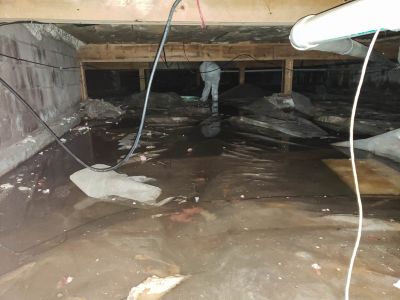
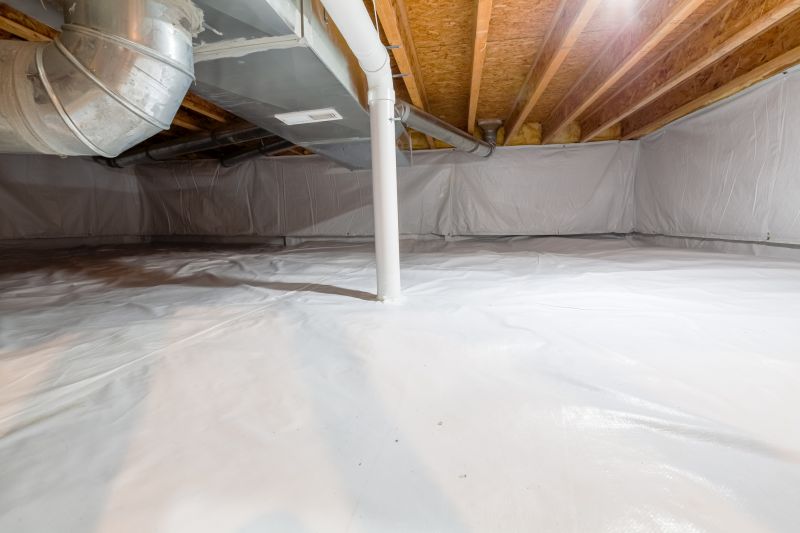
Statistics indicate that properly encapsulated crawlspaces can reduce energy bills by up to 15% and decrease mold-related health issues by a significant margin. Neglecting to encapsulate a crawlspace can lead to moisture accumulation, promoting mold growth and pest problems that compromise both health and property integrity. Encapsulation is a proactive measure to safeguard a home’s foundation and indoor air quality.
| Risks of Not Encapsulating | Benefits of Encapsulation |
|---|---|
| Increased mold growth | Reduces mold and moisture buildup |
| Higher energy costs | Improves energy efficiency and comfort |
| Structural damage | Protects the foundation and structural components |
| Pest infestations | Deters pests and rodents |
| Poor indoor air quality | Enhances air quality and health |
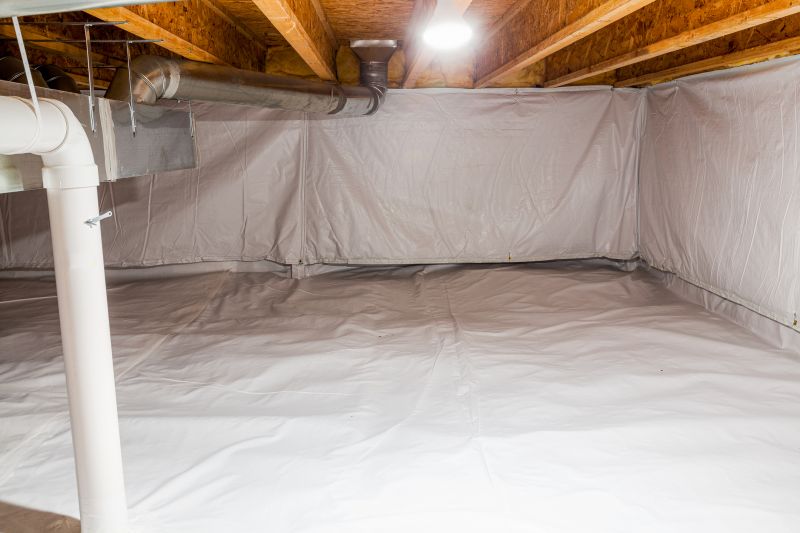
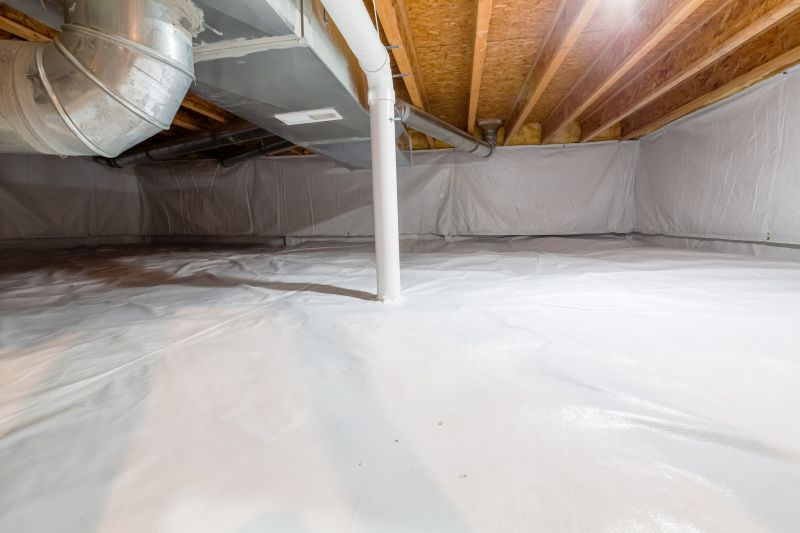

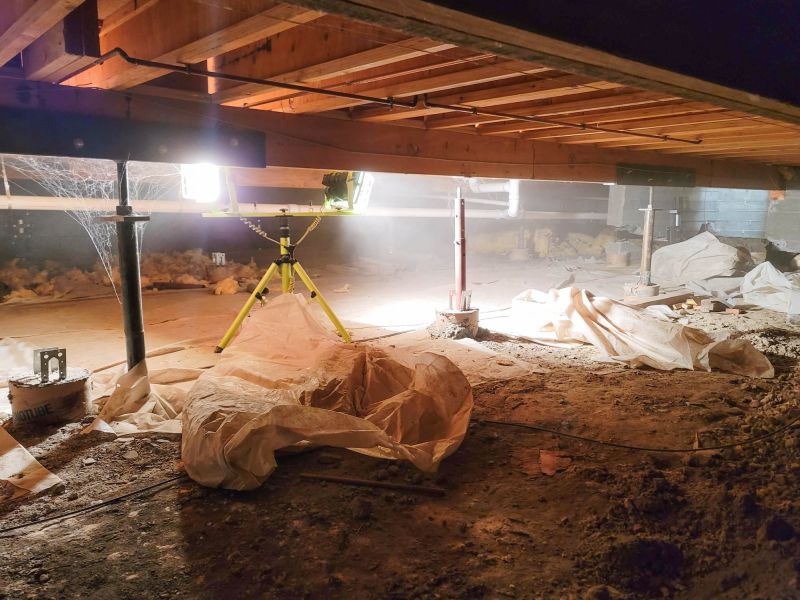
Proper crawlspace encapsulation offers long-term benefits that include energy savings, improved indoor air quality, and protection of structural components. Addressing moisture issues proactively can prevent costly repairs and health concerns. Filling out the contact form provides an opportunity to receive a detailed quote tailored to specific needs and property conditions.
